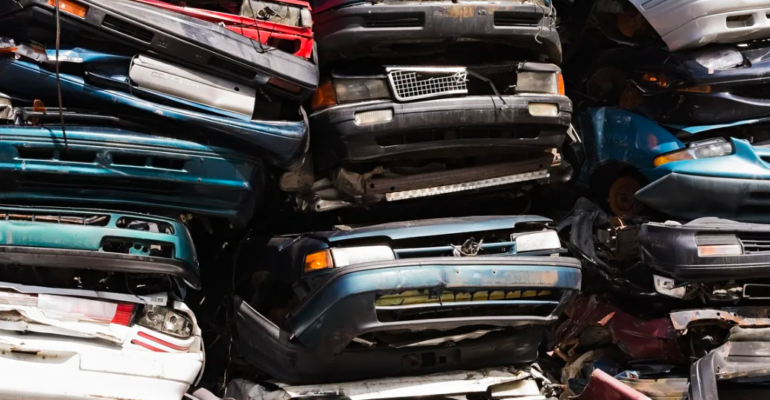Used vehicles from the West are exported to developing countries, where they continue to pollute.
While some old vehicles end up in wreckers who dismantle them safely, in many cases things are different. An old car has a good chance of ending up on a ship and moving further down the value chain. The destination of second-hand cars depends on where they are. Old Western European vehicles are usually shipped to Eastern Europe and when they reach the end of their useful life but are still fit for circulation, they move south to Africa instead. Cars discarded from North America are transported to the developing countries of South America. Vehicles from Asia are shipped across the continent until they stop being liked by that country’s consumers, and then make their way to Africa.
Between 2015 and 2020, 23 million second-hand light vehicles (cars, vans, SUVs and pick-ups) were exported worldwide. According to the United Nations Environment Program UNEP, two-thirds have been sent to developing countries. And once they get to the other side of the world, they continue to pollute.
It’s an old principle: out of sight, out of mind. In most Western countries, the most polluting vehicles are no longer able to circulate today. City governments tend to move cars away from the city centre, creating havens for bicycles and pedestrians, or there are those, like Norway, who plan to ban all internal combustion vehicles by 2026. However, these polluting vehicles are popping up in a new cities as quickly as they disappear from the previous ones. But with the increase in electric vehicle sales in richer countries, there is a risk that even more, polluting cars will end up in developing countries. Between 2015 and 2020, Africa imported a total of about 5.5 million used vehicles. There are many really cheap cars and, for example, in Uganda with only 500 euros you can buy and put on the road a super-polluted junk of over 13 years. As of January 2021, only 62 out of 146 developing countries had policies that UNEP described as “positive” or “very positive” regarding the import of used light commercial vehicles, limiting or banning the entry of older vehicles ten years old.
In addition to moving the source of pollution elsewhere globally, the trade-in used vehicles exacerbates air quality problems in developing countries. If all dirty cars are taken out of Western cities and sold to poorer countries, the problem of air quality is displaced abroad. For example, in the last decade the air quality in Kampala, the capital of Uganda, has deteriorated considerably.
In any case, that’s not all because there are at least two other problems; one related to the market and the other again to pollution. The first is that the continuous importation of used cars prevents (as with used clothes) the creation of African brands on a continental level… yes in north Africa and South Africa there are plants that produce cars but they are, also in this case. used lines and, in any case, they only assemble. The second problem is the fuel which is sold to African filling stations. In Africa, the oil companies have fewer regulations and controls regarding the quality of the fuel they market and the pollutants inside can be hundreds or even thousands of times higher than those allowed in Europe or North America!

